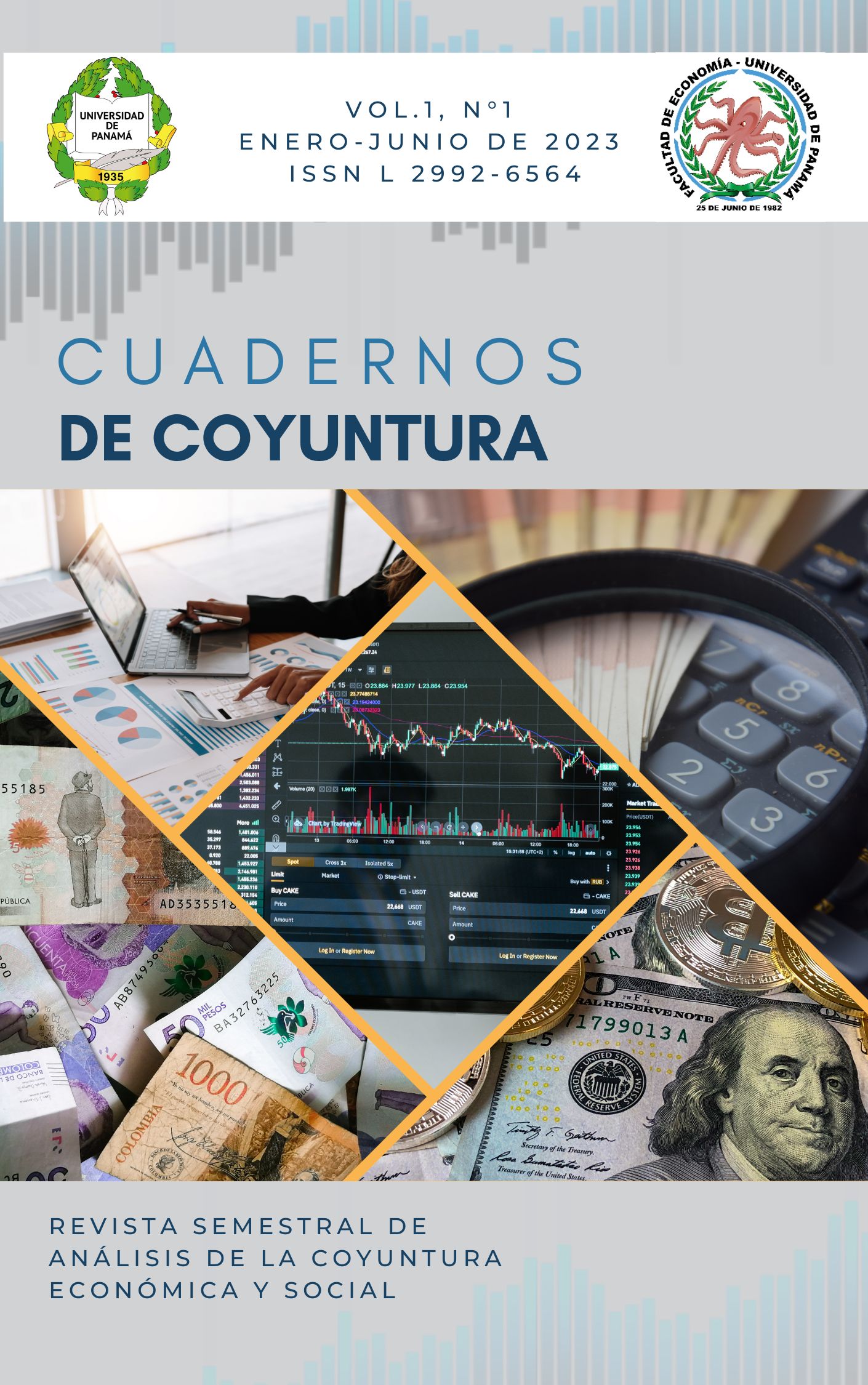

Despite the fact that Law 34 of June 5, 2008 "On Fiscal Social Responsibility" (LRSF), defines the growth of public debt, which must be complemented with an economic, financial and fiscal policy aimed at efficiency, effectiveness and effectiveness in the administration of economic and financial resources; which are usually taken at the beginning of each administration and will determine the debt limits each year; Although it is true, in the period: 2018 - 2022, there are external factors that could condition and to some extent justify in part the increase in public debt and the fiscal deficit, such as overcoming the economic effects caused by the COVID pandemic. -19, a complex international context, marked by the war between Russia and Ukraine and an increase in world price level.
This makes it necessary to start a debate on the management of public finances and the situation of the deficit and level of indebtedness in the short, medium and long term, in which a strategy is established to stop the high and unbridled increase in public debt as a result of an inefficient government apparatus, with a high degree of improvisation, an evaluation of subsidies not only to vulnerable social sectors but to economic sectors that have paid taxes for life that is currently constituted for the Republic of Panama, one of the greatest challenges and reason of concern to the population; since the well-being of the population has been compromised in the short, medium and long term; and that could trigger structural adjustment measures that will seriously affect the main economic activities According to figures from the Public Financing Directorate of the Ministry of Economy and Finance, the increase in public debt in the period: 2018 - 2022, has been B/. 18,313 million balboas; which represents an increase of 71.3% with respect to that same year; which defines a risk outlook from a stable economy to a negative outlook, further increasing social and political tensions that impact fiscal performance.